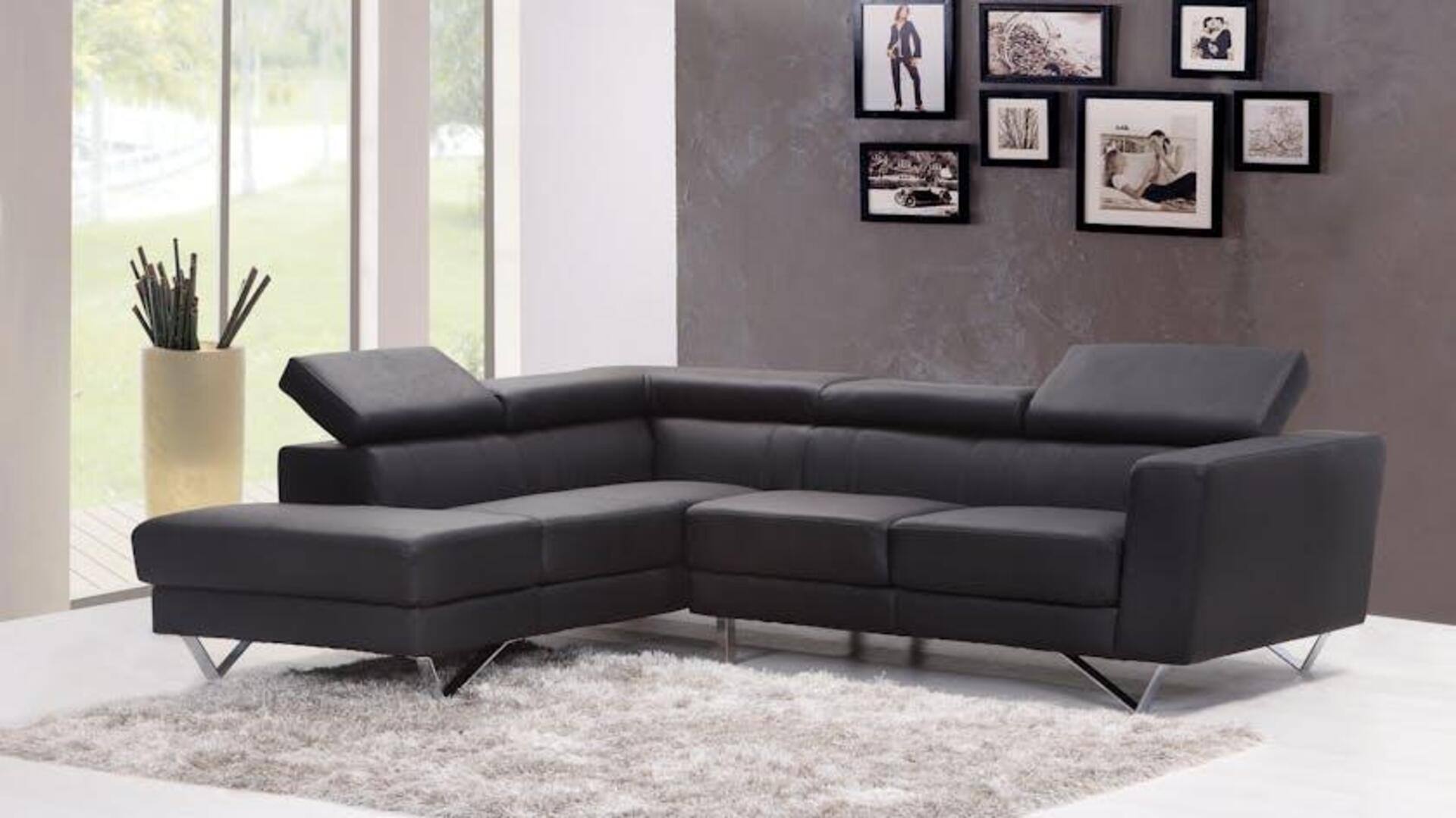
Fill empty spaces at home with these stunning elements
What's the story
Revamping empty corners in a home can be affordable and eco-friendly at the same time. By using eco-friendly textures, you can turn neglected corners into beautiful nooks without shelling out a fortune. Not only does this beautify the look of a room, but it also makes way for sustainable practices. Here are some practical tips on how to get this transformation right.
Tip 1
Natural fiber rugs for warmth
Natural fiber rugs (like jute or sisal ones) are a great way to add warmth and texture to an empty corner. These are biodegradable and renewable, making an eco-conscious option. Available in various sizes and patterns, homeowners can choose the ones that best suit their decor style. Natural fiber rugs are also generally more affordable than synthetic ones, making it a budget-friendly option.
Tip 2
Reclaimed wood shelving units
Reclaimed wood shelving units can lend character and functionality to neglected corners. In addition to reusing old wood, these shelves also reduce waste and promote sustainability. They make room for displaying books, plants, or decorative items while also adding a rustic charm to the room. Reclaimed wood is generally cheaper than new lumber, making it a cost-effective option for sprucing up interior spaces.
Tip 3
Bamboo blinds for natural light control
Another eco-friendly option that can revamp empty corners by controlling natural light effectively is bamboo blinds. Bamboo is a fast-growing plant that requires minimal resources to cultivate, making it an environmentally responsible material choice. These blinds give privacy while allowing soft light to filter through, creating a cozy atmosphere in any corner of the house.
Tip 4
Cork wall panels for acoustic benefits
Not just decorative elements, cork wall panels also prove functional as sound-absorbers in empty corners. Cork is harvested from the bark of cork oak trees (without harming them, of course) making it a sustainable material. These panels not only reduce the noise levels in rooms, but also add texture and interest to our walls. The insulating properties of cork also make homes energy-efficient by retaining indoor temperatures.
Tip 5
Upcycled fabric cushions for comfort
Upcycled fabric cushions fill empty corners with comfort and style with sustainable seating like bamboo or reclaimed wood benches. Covered with organic cotton, these cushions are locally sourced at reasonable prices, paving the way for conscious consumer choices. They are a step towards sustainability, positively impacting our planet, and taking us on a collaborative journey toward a better future for the generations to come.